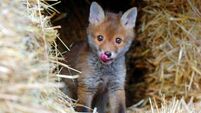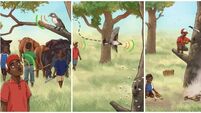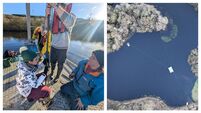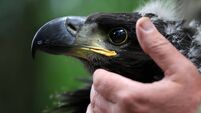Islands of Ireland: Tears when last resident left this heather-covered Donegal island
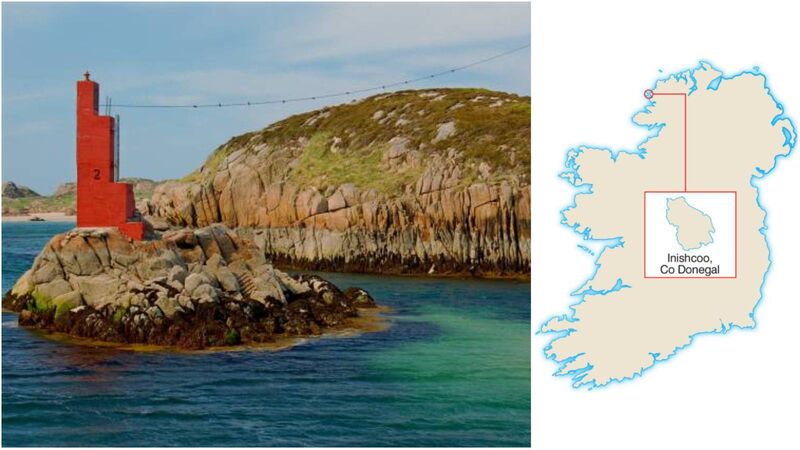
Islands of Ireland: Channel marker at NW end of Inishcoo Island. Picture: geograph.org.uk Joseph Mischyshyn/Creative Commons
Inishcoo is one of the myriad islands between Arran Mór and Burtonport halfway up the west coast of County Donegal.
It is flanked to the west by Eighter Island (to which it is linked by a footbridge), to the south by Rutland Island, and the east by Edernishfree, with several other very small islands dotted around. It is characterised by rocky terrain and an abundance of heather and possesses a charming little lough all of its own.




